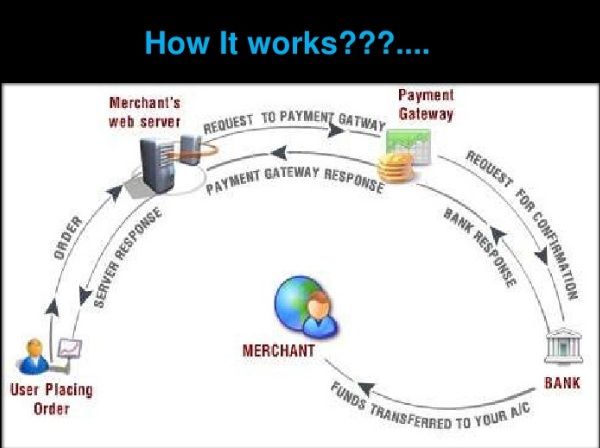

Apptrends payment processing full#
If you want to reach your full sales potential, it’s important to accept payments from various platforms.Īs more alternative payment systems become common, a higher number of users find it easy to shop online. Think most shoppers use credit and debit cards to pay for their products? Think again! 59% of all m-commerce sales come from PayPal, Apple Pay, Google Pay and even cryptocurrencies like BitCoin. Mobile App Trend 4: Alternative payment systems are dominating This drops abandonment rates all the way down to 20% – which makes this one of the most valuable trends to take advantage of today. Mobile apps solve this problem by offering convenient, safe checkouts (that are often processed in 1 click).

Using mobile websites, users leave their carts without ordering up to 97% of the time! Many of these customers come back and buy via their PCs – but with a customer journey interruption like this, some conversions are lost anyway. One of the traditional problems with m-commerce is the extremely high cart abandonment rate. Mobile App Trend 3: Mobile apps are ending mobile cart abandonment That’s massive, and it means any e-commerce business can grow sales by using apps: high-ticket products are no longer a problem. Consider that the average conversion value for mobile devices is: Now, the latest trend is that mobile devices are driving direct high-ticket sales. Later, this shifted to micro in-app purchases. In the past, the main source of revenue for an app was its up-front sale price. Mobile App Trend 2: Mobile apps driving high-ticket sales Research shows 51% of mobile users say they have purchased from another brand, because the mobile user experience was better. Online merchants who can’t deliver the mobile experience their customers are looking for, both in-apps and on mobile webstores, will eventually lose customers.

This means mobile has become the number 1 channel for eCommerce. and Germany approach (or cross) the 50% threshold this year. As the trend continues in 2017 and beyond, expect to see laggards like the U.S. With users spending 90% of their mobile time inside apps, it’s fair to say most of this business is app-driven. Other countries where mobile internet is close to ubiquitous – South Korea, Taiwan, the Netherlands – are now approaching the 50% mark as well. This is likely because both countries have near-universal access to high-speed mobile internet. and Japan, m-commerce now drives over 50% of all online retail sales. Mobile App Trend 1: mCommerce now 50%+ of eCommerce To help you keep up, we’ll share 6 of the latest mobile app trends for 2017, starting with… In the process, the app market has gone through countless changes – and it’s still evolving extremely rapidly. Yes apps went from “irrelevant” to “ubiquitous” in just 8 short years. Google Play wasn’t far behind, with $17 billion in revenue. The rest, as they say, is history: Apple’s app store became a smash hit, generating a whopping $34 billion in app sales in 2016. It’s rumored that Jobs only changed his mind in 2008, after hackers started making their own apps and jailbreaking the device with Cydia. Everything else was going to be accessed via modern web standards, i.e. Steve Jobs’ vision was for the smartphone to have a handful of built-in apps: Calculator, Mail, Notes, etc. The iPhone was never supposed to have apps at least not as we’ve come to know them.


 0 kommentar(er)
0 kommentar(er)
